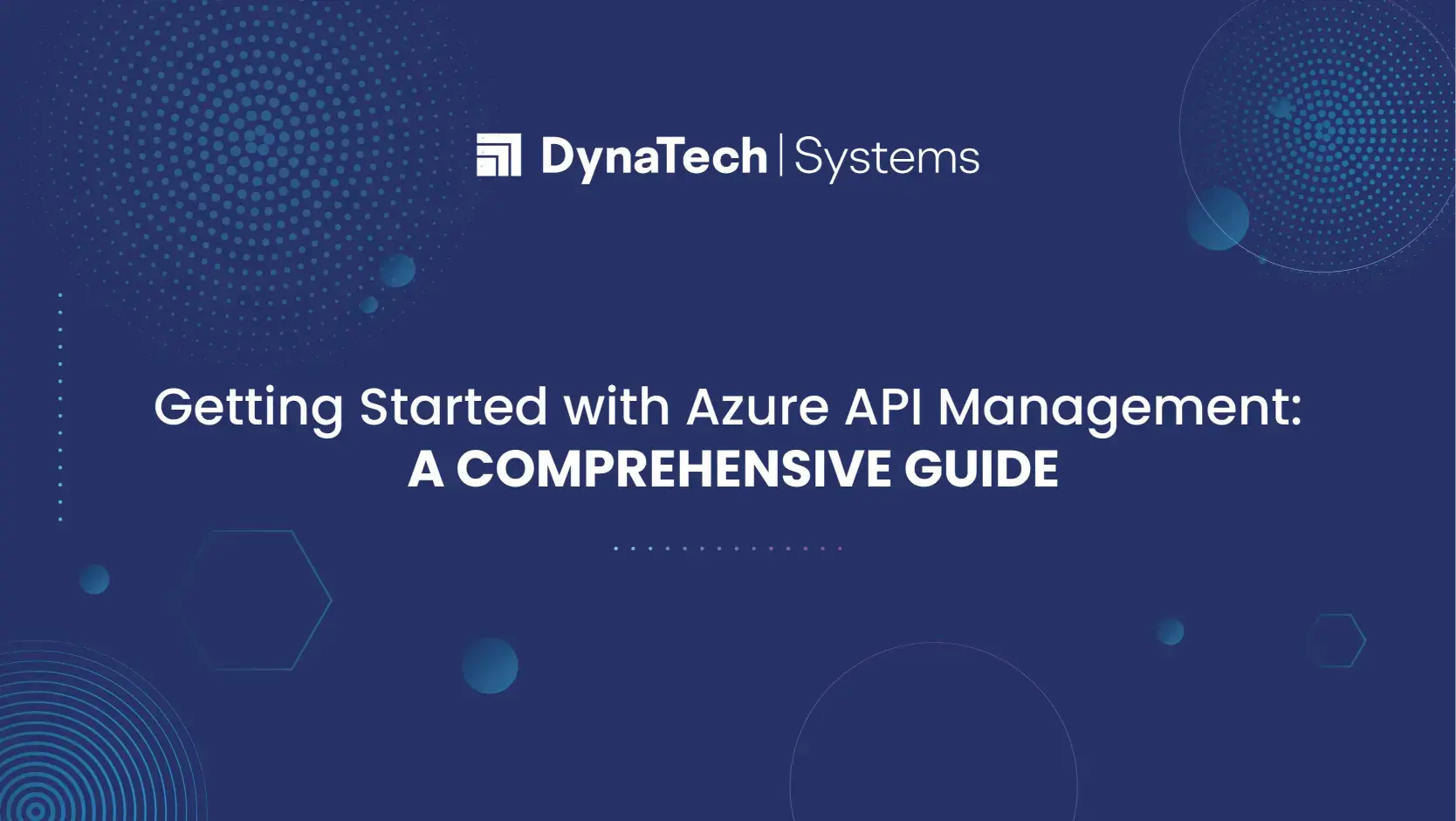To fully utilize the potential of their data and services, businesses can expose APIs to external, partner, and internal developers with the aid of API Management (APIM). Through developer engagement, business insights, analytics, security, and protection, Azure API Management offers the fundamental skills necessary to guarantee the success of an API program.
APIs have recently increased due to Internet, social media, and mobile sector developments. Through APIs, businesses connect data and services with customers, employees, and business partners. New problems arise when the number of APIs increases. They consist of elements, including performance, management, documentation, and security. In this essay, we’ll talk about managing Azure APIs.
What is Azure API Management?
API Management Azure is a comprehensive service designed to facilitate the secure exposure of APIs to internal and external customers. It offers developers a complete suite of tools and services for creating, publishing, and managing APIs while ensuring robust security measures, scalability options, and efficient monitoring of API usage.
This API management solution encompasses an array of features and resources, including an API gateway for seamless communication, a user-friendly developer portal accessible through the web, API lifecycle management capabilities, and monitoring and analytics tools to track performance and gain valuable insights.
Additionally, Azure API Management integrates seamlessly with various backend Azure API Management services like Azure Functions, Azure Logic Apps, and Azure Virtual Machines. It is also compatible with on-premises and third-party systems, making it a versatile solution.
By leveraging Azure API manager, developers can streamline the development and management of APIs, guaranteeing a secure, scalable, user-friendly, and efficient environment.
Azure API Management Components
Developer Portal
The developer portal has a portal with an API catalog, instructions, and code samples that are all made automatically. A developer site is where people who use APIs can find information about APIs and learn more about them. The developer can find the API key to subscribe to APIs and set up a console for trying API endpoints.

The API Gateway
API Gateway is a front-end service that sits on top of our backend services. It works like a proxy. The gateway receives all requests, sends them to the right services, and returns the findings. In this layer, things like authentication, permissions, and limits are set up. A request is sent to the system when it meets the requirements and restrictions. It makes it easy to get to things like Cache, Logging, Request and Response Transformation, and analyzing data.
Azure Portal
Azure Portal allows developers to set up and control their APIs. It lets us handle users, analytical data, policy definitions, and APIs as different products in different projects.

Management API
Access the API Management system via code with the help of the Management API, which is a RESTful interface.
Using the Management API, businesses may automate APIs’ development, distribution, and maintenance and keep tabs on their utilization and efficiency.
Main Azure API components have been covered so far; nevertheless, Groups and Products play significant roles in Azure.
In Azure API Management, two of the most important categories are Groups and Products. APIs can be organized into groups, allowing administrators to control which users can access specific APIs.
APIs and their related policies can be packaged together using products. Assigning products to users enables them to utilize the product’s APIs.
How Azure API Management Works
Azure API manager acts as a shield between the client and the backend API service. Whenever a client initiates a request, it is first redirected to the API Management gateway, which verifies whether the request is permissible based on the applied security policies, rate limiting, and other regulations.
If the request gets through the gateway, it is sent to the backend API service to fulfill the client’s requirements. The API service then sends the desired output to the API Management gateway, which forwards it to the client.
Whether you’re a beginner, a professional, or an administrator, Azure API Management service simplifies the management of APIs by making it easy for all users to monitor, analyze, and modify API behaviors. So whether you are a beginner peeking to get started or an experienced API administrator seeking better management tools, Azure API Management has covered you.
API Consumers
For API users, Azure API Management presents a hassle-free solution for reaching out and utilizing APIs that are skillfully governed by the service. The following procedures are usually observed whenever an API user is eager to employ an API controlled by API Management.
- Find the API: Discovering an API can be done in two ways. First, the consumer can visit the developer portal provided by API Management and browse through all the available APIs listed there. Second, the consumer can utilize the API Management REST API to discover APIs programmatically.
- Get API credentials: Once the consumer has found an API that they want to use, they need to obtain API credentials. These credentials could come as an API key or an OAuth token. To obtain them, the consumer has to create an application in the developer portal after signing up for an API Management account.
- Send a request: After receiving the API credentials, the consumer can request the API. The request can be created by sending an HTTP request to the API Management gateway using the API endpoint and the credentials. Once the request reaches the backend API service, it will process and respond to the API Management gateway.
- Get a response: The final step is to receive the response sent by the API Management gateway. The answer will contain the requested data or functionality if the request is successful. However, if there is an error, the reaction will include an error code and message that the consumer can use to troubleshoot and improve their future requests.
API providers
Azure API Management is a suite of resources for developers, publishers, and administrators of APIs. These are the common actions taken by an API provider while implementing API Management:
- Make an API Management service instance: In the Azure portal; the API provider must make an API Management service instance. As a result, the provider has a different environment for managing APIs that they may use.
- Define the API: The API provider must provide the API endpoint, supported actions, and request and response formats. The provider can define the API using the API Management portal or the API Management REST API.
- Set up security: The API’s provider describes the authentication and authorization procedures that the API will employ. API keys, OAuth, and certificates are just a few of the authentication and authorization techniques that API Management offers.
- Establish policies: The provider can establish guidelines and actions for the API using approaches. For instance, the provider may utilize rules to impose rate limitations, alter requests and responses, or cache responses.
- Publish the API: The developer portal, which enables developers to find, understand, and interact with APIs, can be made available by the API provider.
Azure API Management: A Step-by-Step Guide
Benefits of Azure API Management
API Management is a cloud-based service enabling businesses to manage and expose their APIs securely.
It offers a variety of advantages for businesses trying to harness the power of APIs to accelerate digital transformation and satisfy the needs of a market that is changing quickly.
- Centralized Governance: API Management is a centralized platform that gives developers control over who may access and use their APIs.
This enables developers to manage how users access their APIs while assisting them in maintaining a consistent architectural and security strategy across all of their APIs.
- Security: API Management offers a secure environment for creating, implementing, and administrating APIs.
It offers comprehensive threat prevention, analytics, and features like API keys and access control to help secure APIs and find and stop fraudulent activity.
- Developer Experience: API Management offers a wide range of capabilities to simplify the creation and administration of APIs.
Its features make it simple and quick for developers to construct and maintain APIs, including API definitions, API testing, API versioning, and API documentation.
- Scalability: API Management is constructed on a highly scalable platform capable of handling enormous volumes of API traffic.
To assist in guaranteeing those APIs are always available and perform at their best, it also offers capabilities like auto-scaling.
- Analytics: To assist developers in understanding how their APIs are used, API Management offers thorough analytics.
It gives developers information about the performance, availability, and usage patterns of APIs and enables them to pinpoint areas for improvement.
Conclusion
Azure API Management has several benefits for businesses looking to use API potential. Companies need to speed up digital transformation to fulfill the needs of a market that is changing swiftly, from security and scalability to centralized administration and monetization. Contact our experts for more information!




























